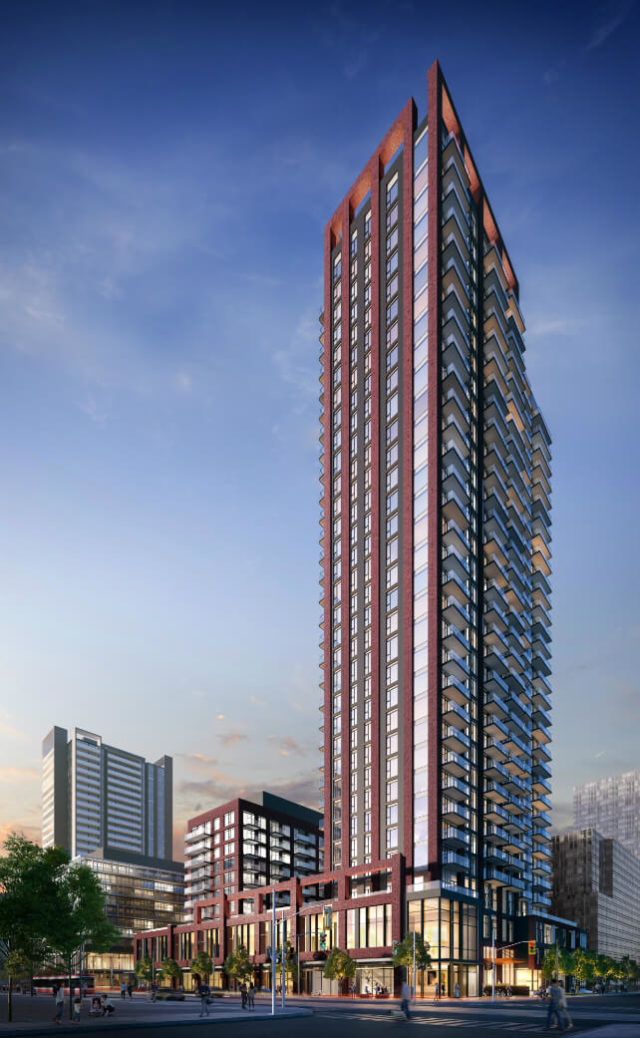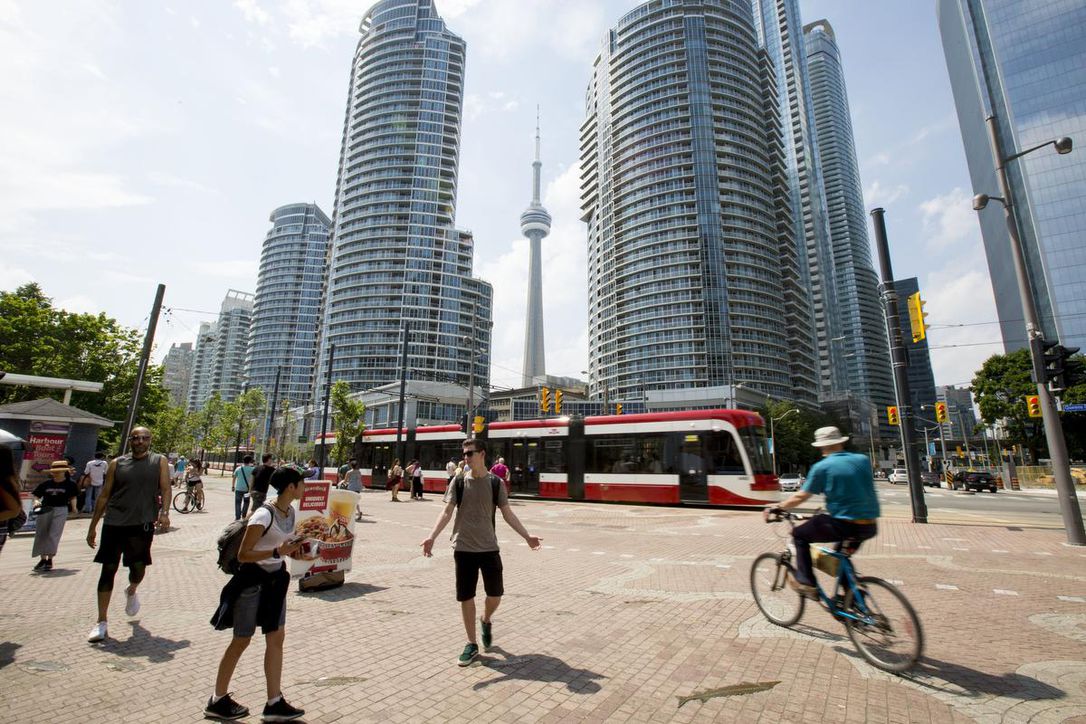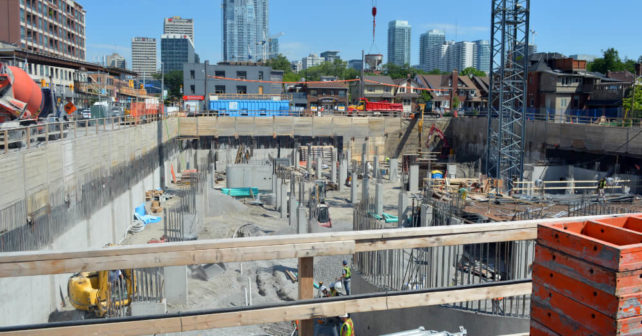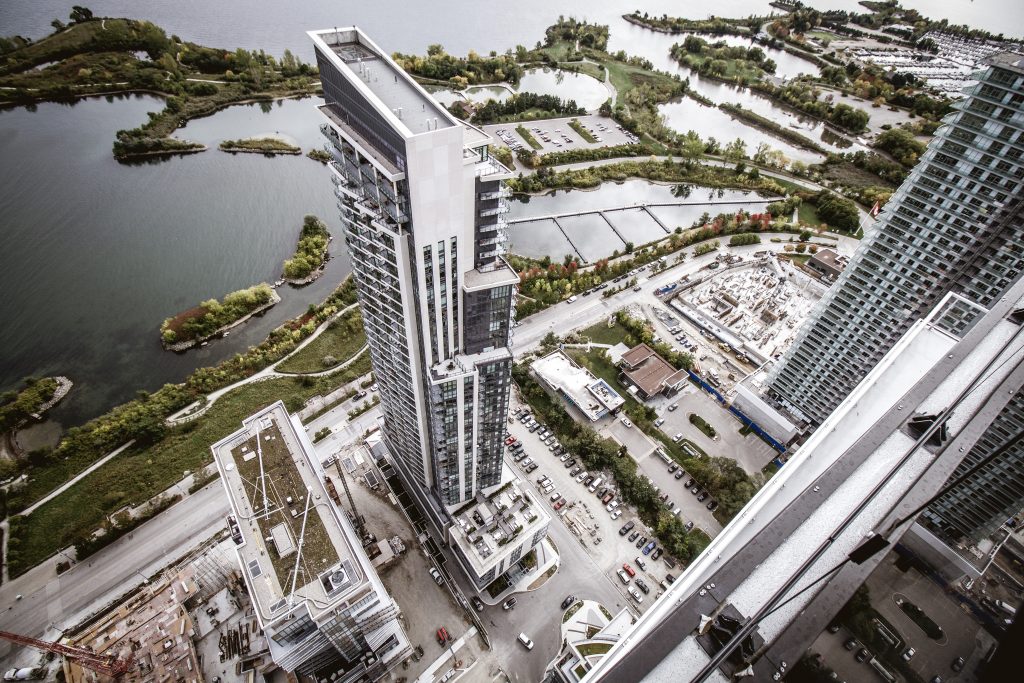
Real estate is attracting more cash from institutional investors globally with those allocating at least U$1 billion growing in the past year.
In 2017, 422 investors were part of real estate’s ‘Billion Dollar Club’ but in 2018 that has risen to 499, a 13% increase according to industry analysts Preqin.
“The allocations of these investors now exceed $2.5tn, accounting for the vast majority of capital dedicated to the industry. It is striking that this figure has grown so much over the past year, and perhaps reflects a trend towards inflation-hedging and noncorrelated assets on the part of investors,” said Tom Carr, Preqin’s head of real estate.
The Billion Dollar Club comprises just 8% of active investors in real estate but with a total allocation of $2.5 trillion they hold 84% of total assets under management in the industry.
North American members of the club make up 34% of the global total with Europe taking a 47% share.
Public pension funds make up 28% of the club while insurance companies are the second largest group with 21%. Each accounts for 26% of aggregate allocations.
With opportunities for investment in real estate globally and across risk/return profiles, Carr believes there could be further institutional investors allocating $1bn+ to the sector.
“We may see more investors position themselves in anticipation of a market shift in the coming months and embrace real estate investments further, in which case the Billion Dollar Club could continue to swell,” he said.















 regulations introduced at the end of 2016 are still impacting high-ratio loans.
regulations introduced at the end of 2016 are still impacting high-ratio loans.
 Maziar Moini, Broker of Record - Home Leader Realty Inc.
300 Richmond St. W., #300, Toronto, ON M5V-1X2
Maziar Moini, Broker of Record - Home Leader Realty Inc.
300 Richmond St. W., #300, Toronto, ON M5V-1X2

